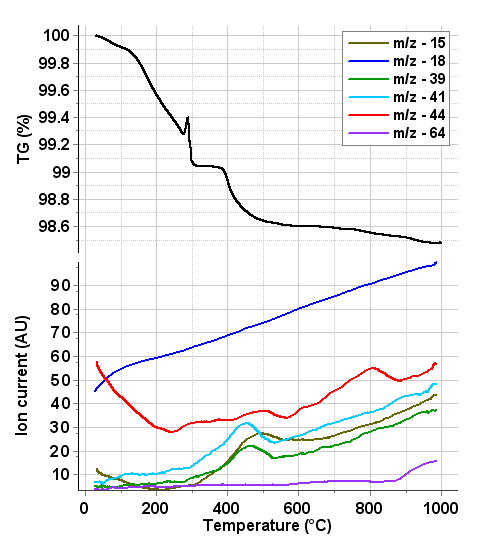Earlier the researchers emphasized that organic molecules and life could be formed on the Earth under special circumstances several milliard years ago. There was not any evidence that life similar to the Earth’ type could exist on other planets.
This opinion started to change when the Tissint meteorite (formed hundreds of millions years ago, named after the place where it landed in Morocco about 11 year ago), was analyzed with special, sensitive instruments very thoroughly. It was clear that unraveling the origin of the Tissint meteorite’ organic compounds will help to understand whether the Mars has ever hosted life like our Earth, or not.
The Mars, the fourth planet from the Sun – and the nearest to Earth – is a dusty, cold, desert world with seasons and earlier active volcanoes. The robotic explorers have found evidences for the presence of water and thicker atmosphere billions of years ago. The thorough investigation of the Tissint and other meteorites proved that they are rich in small, simple organic molecules that are built of carbon, hydrogen, oxygen, nitrogen, phosphorous and sulfur atoms. The organic compounds are associated with life but the previous investigation of Martian meteorite proved that they could be built under non-biological processes referred to abiotic organic chemistry.
The researchers taking part in the investigation of the Tissint meteorite (formed several hundred million years ago and landed on the Earth in July of 2011) proved the presence of organic magnesium molecules – previously not found on the Mars – and of heterocyclic molecules with CHS and CHN molecular parts. The heating of these molecules could result in formation of carbon dioxide and sulfur dioxide as well as other organic molecules. Their presence was detected and analyzed in the Martian meteorites by laser spectrometers.
All these results uncovered details about processes occurred on Mars and help to understand the formation and dynamics of organic compound formed under Martian atmosphere and reveal details about abiotic organics formed by water and rock interaction.
The paper, co-authored by Laszlo Trif from RCNS, was published in the prestigious scientific journal of Science Advances.
https://www.science.org/doi/10.1126/sciadv.add6439


